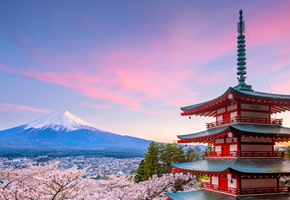
Best Holiday Destinations for 2025
26/12/2024 · By Ian Holt
To inspire your travels, Great Rail Journeys reveals our Top 10 best holiday destinations and expert tips for 2025, from luxury trains to hidden gems.
Read moreLocated 75 miles (120 kilometres) northwest of Cusco, the Inca city of Machu Picchu lay hidden from the world in dense jungle covered mountains until 1911. This 'Lost City' is one of the world's archaeological jewels. Standing 7,972 feet (2,430 metres) above sea level, in the midst of a tropical mountain forest in an extraordinarily beautiful setting, Machu Picchu was probably the most amazing urban creation of the Inca Empire at its height. Its giant walls, terraces and ramps seem as if they have been cut naturally in the continuous rock escarpments.
The natural setting, on the eastern slopes of the Andes, encompasses the upper Amazon basin with its rich diversity of flora and fauna. Machu Picchu covers 80,309 acres (32,500 hectares) in some of the most attractive mountainous territory in the Andes. The city was the last stronghold of the Incas and is of phenomenal architectural and archaeological importance; the stonework of the site remains as one of the world's great examples of the use of a natural raw material to provide outstanding architecture that is totally appropriate to the surroundings.
The surrounding valleys have been cultivated continuously for well over 1,000 years, providing one of the world's best instances of a productive man-landscape relationship; the people living around Machu Picchu continue a way of life that closely resembles that of their Inca ancestors, being based on potatoes, maize and llamas. Machu Picchu also provides a secure habitat for several endangered species, notably the spectacled bear, one of the most interesting species in the area. Others animals include the dwarf brocket, the otter, the long-tailed weasel, the pampas cat, the endangered ocelot and the Andean condor.
Find out more with a free brochure and enjoy weekly travel inspiration and offers in our e-newsletter.
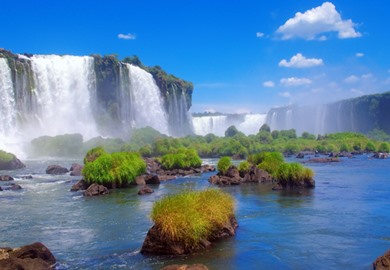
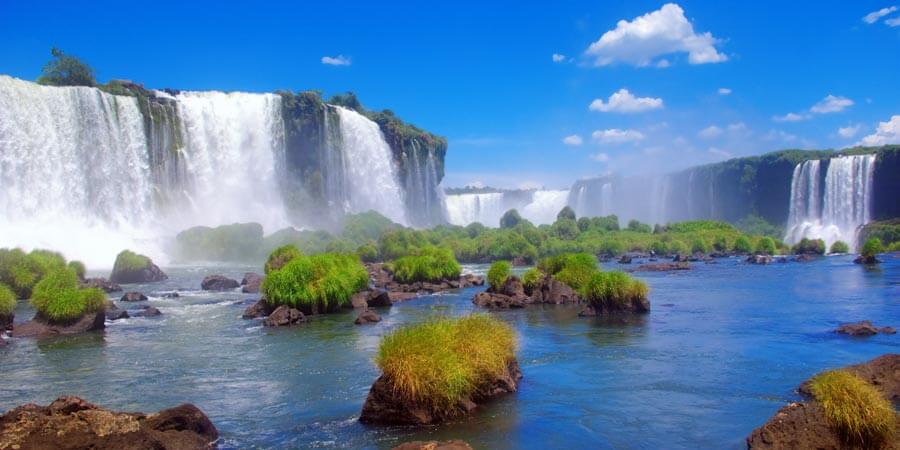
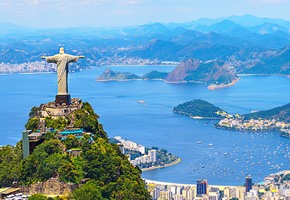
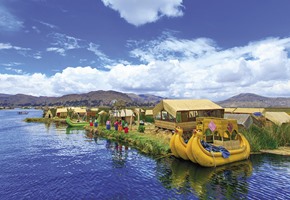
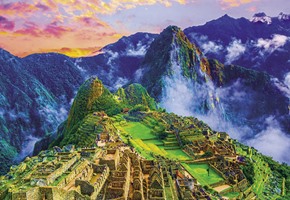
 (9 reviews)
(9 reviews)Experience a once-in-a-lifetime tour of South America's impressive cities, astonishing natural wonders and ancient treasures. From the fascinating Peruvian capital of Lima, enter the magical Sacred Valley and visit the iconic 'Lost City' of Machu Picchu in its breathtaking location amid emerald-green hills, floating mist and soaring peaks. ...


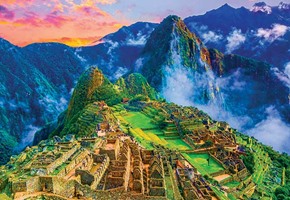
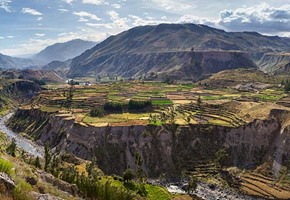
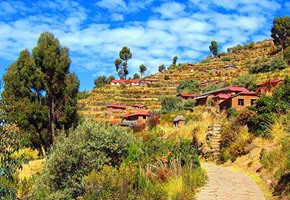
 (21 reviews)
(21 reviews)Encounter mysterious Machu Picchu and the gleaming treasures of the Andes on this extraordinary South American adventure. Uncover Lima, Peru's colourful and historic capital, and the shimmering 'White City' of Arequipa before heading high into the Andes to the breathtaking Colca Canyon, where majestic condors soar. Sail to the fascinating...

